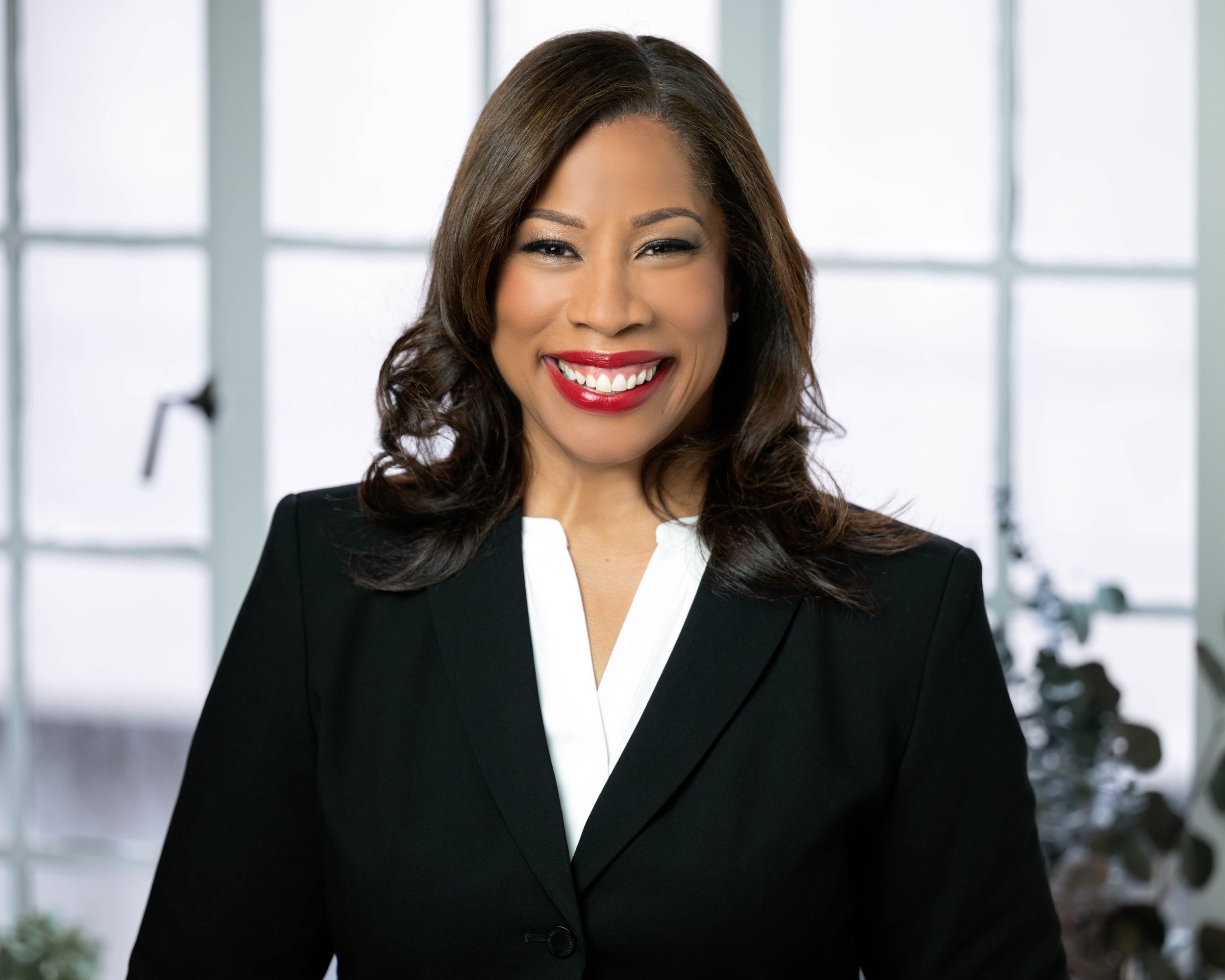Pulse of Information
Your source for the latest insights and updates.
Face Time: The Secrets Behind Captivating Headshots
Unlock the secrets to stunning headshots that captivate and connect. Discover tips and tricks to make your photos truly shine!
Mastering the Art of Headshot Photography: Tips for Captivating Faces
Mastering the art of headshot photography involves understanding both the technical and emotional aspects of capturing a person's essence. Start by ensuring proper lighting; natural light can be your best friend. Utilize diffusers or reflectors to soften harsh shadows and create a flattering glow on the subject's face. Additionally, consider the composition of your frame: a head-and-shoulders crop often works best for headshots, allowing the viewer to connect with the subject's facial expressions. Remember to focus on the eyes, as they are the most critical element in any photograph that aims to convey personality and engagement.
Another crucial factor in captivating headshot photography is creating a comfortable environment for your subjects. This can be achieved through positive communication and encouraging them to relax. Offer guidance on posing while still allowing for natural movements, which can bring out genuine emotions. Experiment with various angles and backgrounds to find what complements your subject best. Lastly, always review your shots and make adjustments as necessary; a great headshot is the result of both creativity and meticulous attention to detail.

What Makes a Headshot Stand Out? Secrets to Successful Portraits
In a world where first impressions are often formed in seconds, a standout headshot is crucial for personal branding and professional success. Lighting plays a pivotal role; natural light creates a flattering and inviting atmosphere, while studio lights can add depth and dimension. Additionally, the angle and framing of the shot are equally important—consider capturing the subject’s face at eye level to convey approachability and confidence. Expressions should be genuine; a warm smile or a contemplative look can profoundly influence how viewers perceive the individual.
Another key element in creating a remarkable headshot is the background. A clean and unobtrusive backdrop ensures that the focus remains on the subject while enhancing the overall composition. Clothing choices also matter; opting for solid colors can prevent distractions and provide a polished appearance. Lastly, retouching should be done tastefully to maintain authenticity, ensuring that the final portrait reflects the real person behind the image. By mastering these strategies, photographers can deliver headshots that not only look great but also resonate with the audience.
The Psychology of a Great Headshot: How to Make a Lasting Impression
The psychology of a great headshot lies in its ability to convey trustworthiness, competence, and approachability in a single glance. Research suggests that people form first impressions within milliseconds, which underscores the importance of investing time and thought into your professional image. A well-crafted headshot not only reflects your personality but also sets the tone for how you want to be perceived in various professional contexts. For instance, using natural lighting and a simple background can evoke a sense of warmth and authenticity, making viewers feel more inclined to engage with you.
Moreover, consider the elements that contribute to a lasting impression, such as facial expression, attire, and framing. A confident smile can make you appear more friendly and approachable, which is crucial in fields relying on interpersonal connections. Additionally, wearing clothing that aligns with your industry helps to establish your credibility. In conclusion, by understanding and leveraging the psychology of a great headshot, you can effectively communicate your professional brand and leave a memorable impact on those who view it.